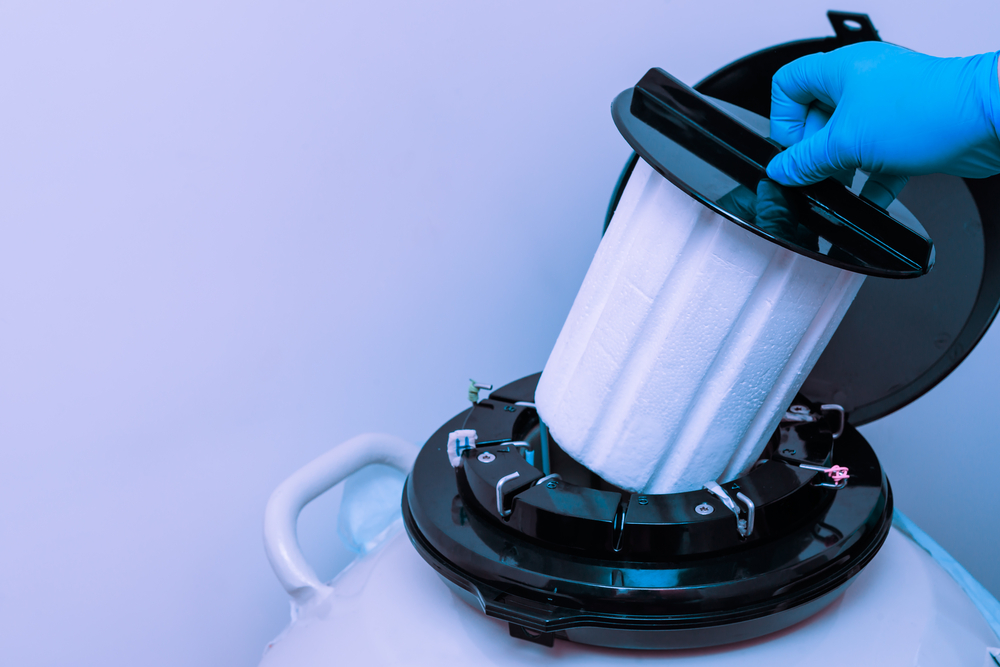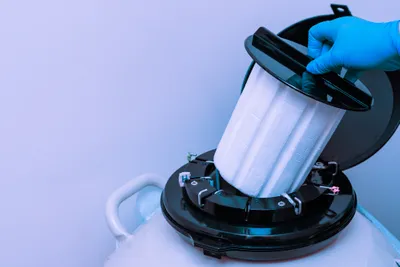Being suspended in time and reanimated decades into the future may sound like something out of a sci-fi series, but it’s becoming an increasingly popular topic and more businesses that offer cryonic preservation (with the help of liquid nitrogen) are starting to emerge in the U.S.
This practice is being touted as a way for people who have died of diseases to be cured later—while others look at it as a way to achieve immortality. Here are six facts about this rather fascinating field that scientists are debating…
1. It’s About Brains Over Bodies
One business that offers cryonics, called Alcor Life Extension Foundation in Arizona, explains that a common misconception about cryonics is that it relies on the faith that technology will exist to revive an entire body in the future. However, cryonics is actually more about preserving the brain, notes the source.
“If a brain can be preserved well enough to retain the memory and personality within it, then restoring health to the whole person is viewed as a long-term engineering problem,” it notes, adding that the technologies to achieve brain preservation are “foreseeable”.
2. Talk About a Brain Freeze
The actual process of cryonics, according to an Independent UK article, involves brains (and bodies) being cooled to minus 196-Celcius (which is minus 320-Fahrenheit). The source notes that those in the industry don’t actually like the word “freezing” as it’s a more involved process than throwing something in the freezer (the experts prefer the term “vitrification”).
Getting the patient into an icy bath soon after death is key, as they can then be connected to a blood circulation pump that keeps their cells alive, it explains. The blood is then replaced with “cryo-protectant fluid” to prevent ice from forming in the cells as the temperature drops.
3. The First Cryonic Preservation was in 1967
While cryonics seems like a fairly recent trend, apparently people have been doing this for 50 years. According to MentalFloss.com, the first person to be cryonically preserved was Dr. James Bedford, who was a psych professor at the University of California (and could be again someday?)
The article, which outlines 8-people that have been frozen in time (including famous baseball player Ted Williams), explains that Dr. Bedford had set aside money in his will for the cryonic process. Apparently he was moved to a new cryonic tank in 1991, and “it would appear that everything has held up thus far,” notes the source.
4. Cryo is Not for The Poor
If this cryonics thing works, there will be a lot of wealthy people re-emerging in the world in the future. Or, in the case of at least one cancer victim detailed by the website io9, you can use modern ways to get money to pay for your preservation.
The 23-year-old neuroscience student that passed away from brain cancer managed to crowdsource the funds by reaching out online. The article notes that others afford the process by naming the cryonics company in a second life insurance policy. That being said, the costs of being cryogenically preserved can run from $70,000 to $200,000 not including other costs such as transport to a cryonic facility.
5. There are Ethical Disputes
Like almost anything that involves life or death of humans, there is some controversy involved. A BBC article says that normally “science demands that any trials on humans take place after successful trials on animals,” but this apparently hasn’t yet successfully been done.
There’s also the dispute about duty of care of a preserved individual if the cryonics company goes out of business, or if there will be side effects when the person “awakens”. The individual would be completely out of their element and would basically have to learn to live life again in an entirely different time (without existing friends or family), it adds. Of course, there’s also the “the world is already overpopulated, so why preserve people” argument.
6. Death is a ‘Process’
It may be confusing as to why a person would be frozen after death, and not before if they’re aware they have a finite time to live. However, Cryonics.org explains that “freezing dead people” is a myth of sorts, because even when the medical community pronounces death, it is referring to stoppage of the heart.
The source notes “normal life processes continue in the brain, cells and tissues of a body” following death, and the goal of cryonic preservation is to suspend that process before these functions cease. This is why cryonics companies use life support equipment to continue circulation while the body and brain are undergoing cooling. “In our opinion, death is a process that isn’t inevitable or irreversible if it can be stopped in time and the patient stabilized at cryonic temperatures until science can revive them,” notes the source.









